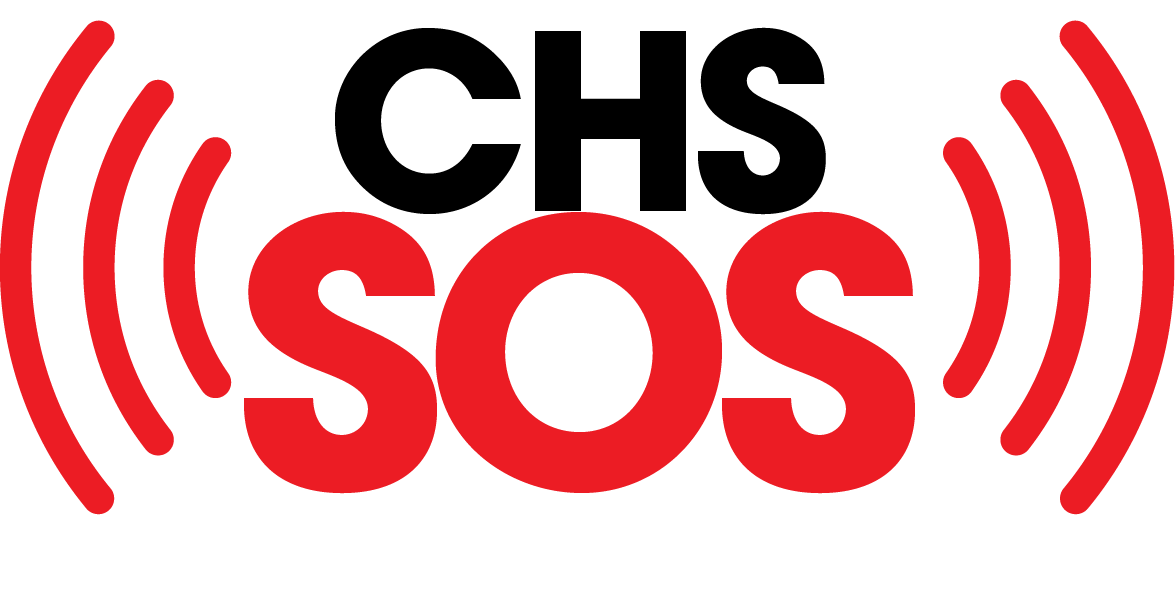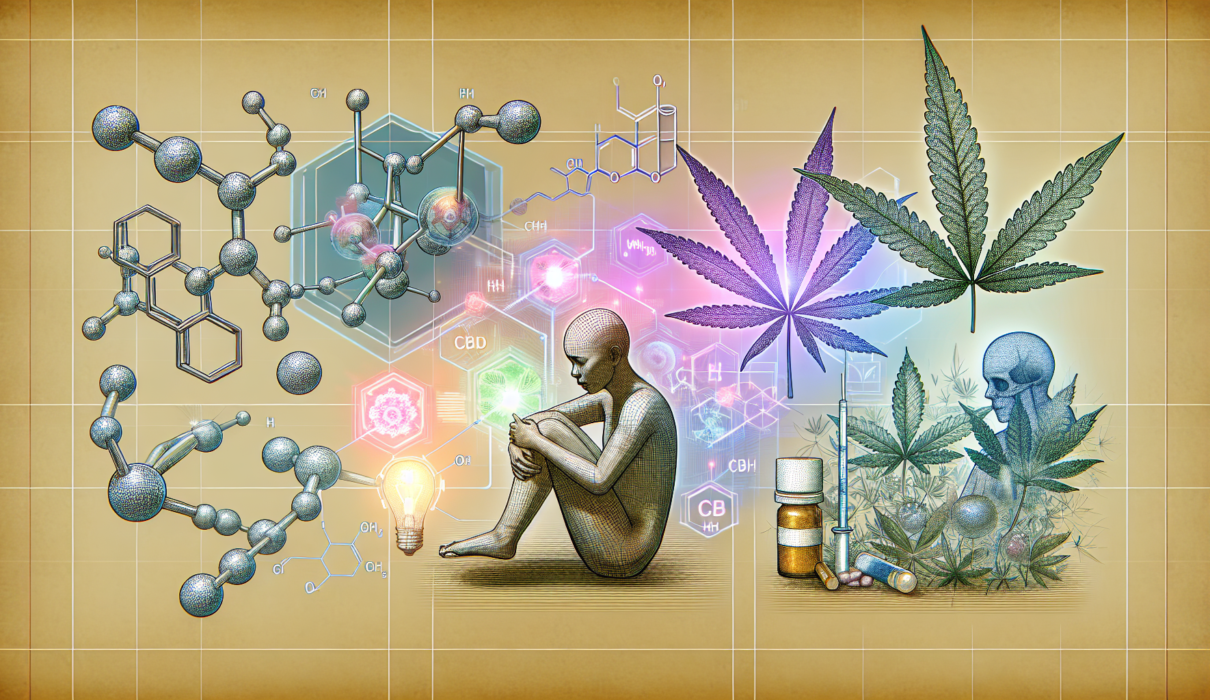Understanding Cannabinoid Hyperemesis Syndrome
Overview of CHS
Cannabinoid Hyperemesis Syndrome, or “CHS” as I call it when I’m feeling rather fancy, is basically this condition where you feel like you’re on a never-ending roller coaster of nausea and vomiting. It pops up on individuals who have been sticking with their weed habit for a while, especially those who use it every day like it’s candy. A quirky tidbit about CHS? Those sizzling-hot baths or showers can make you feel human again. Though, the real ticket to feeling better is giving up the greens, leading to a clean urine test, that’s the golden standard NCBI Bookshelf.
Symptoms of CHS
CHS isn’t your run-of-the-mill tummy ache. Here’s what you’d likely wrestle with:
- Feeling nauseous when the rooster crows
- That gnawing tummy pain
- Vomiting like it’s going out of fashion, especially during the hyperemetic episodes
- An urge to dive into a hot shower, because for some wild reason, it helps a ton
This syndrome can be hardcore in discomfort, and if it’s got your number and you’re a regular cannabis fan, chatting with a doc is wise. Giving up the bud is usually the key to recovery Cedars-Sinai. Recognizing these symptoms is not just about knowing what’s up with your body, but also about sparking a chat about how cannabis impacts health.
For a deeper dive on CHS, and to see how it stacks up against some similar nightmares like cyclical vomiting syndrome, check out these page-turners: CHS vs. cyclical vomiting syndrome: key differences explained and early signs of CHS: how to recognize the condition.
Causes and Risk Factors of CHS
Alright folks, let’s get into the nitty-gritty about Cannabinoid Hyperemesis Syndrome (CHS). If you’ve ever spent way too long hugging the toilet, you might find this info a game-changer. I’ll chat about two big players here: using cannabis like it’s going out of style and when the endocannabinoid system throws a hissy fit.
Chronic Cannabis Use
Riding the green wave too hard? Well, say hello to the very likely culprit. Consistently lighting up at least once a week for about 10 to 12 years—especially if you jumped on the wagon as a teenager—puts you at a higher risk of this pesky syndrome (Cleveland Clinic). The real mischief comes from the main party-starter in cannabis, Δ9-tetrahydrocannabinol (THC), which loves to mess with your endocannabinoid system by hitting the CB1 receptor like an overzealous button-masher.
| How Long You’ve Been Tokin’ | CHS Roll Call |
|---|---|
| Less than 5 years | Small club |
| 5 to 10 years | Growing crowd |
| Over 10 years | House party |
Overusing THC tweaks your brain’s nausea and vomiting controls, leading to some nasty bouts with CHS. Oh, and don’t ignore the spike in THC’s wild ride since the ’90s—turns out more potent pot equals more reasons to toss your cookies (NCBI Bookshelf).
Endocannabinoid System Dysfunction
Your endocannabinoid system? It’s got the tough gig of balancing everything from how hangry you get to why you feel queasy. But when THC’s running the show, things turn topsy-turvy. Overload those receptors enough and, boom, you’re stuck in puke loop (PMC).
Think of long-term cannabis use as a monkey wrench in your endocannabinoid machine, leaving you stuck with the spin cycle of vomiting that comes with CHS. And if you find hot showers bring some relief, you’re not alone—heat seems to give the system a hard reset in some magical way (NCBI Bookshelf).
So, if you find yourself in the throes of mysterious symptoms, chatting with a health expert can be pretty enlightening. Knowing how your weed habit and endocannabinoid system play together can steer you towards finding some relief. And for those curious minds pondering whether CBD can help with CHS symptoms? What research says, it’s worth a gander.
Diagnosis and Treatment of CHS
Diagnosing CHS
Pinning down Cannabinoid Hyperemesis Syndrome (CHS) isn’t always a walk in the park since its symptoms like nausea, vomiting, and belly aches can mimic other issues. However, doctors often get to the bottom of it by looking at your pot habits along with these nagging symptoms. It’s super important to be straight with your doctor about your weed use and any other weird stuff you’ve been feeling. Need tips on how to spill the beans to your doc? Peek at our guide on how to talk to your doctor about chs symptoms.
Managing CHS Symptoms
Taming CHS symptoms calls for a mix of tricks. Your usual puke-stopping meds, like ondansetron and metoclopramide, might not pull their weight here, so new-school remedies are often pulled in:
- Benzos for a quick fix
- Tricyclic antidepressants to keep you on steady ground
- Anti-seizure drugs
- Antipsychotics
Just remember, these suggestions mostly come from small storybooks, so your mileage may vary. Sometimes things get so tough folks may need a hospital stay to keep things in check. For more scoop on how CHS compares to similar stomach-churning woes, take a look at chs vs. cyclical vomiting syndrome: key differences explained.
Cessation of Cannabis Use
The golden ticket to kicking CHS to the curb? Just say no to the ganja. This life change often involves teaming up closely with your doc and possibly checking out some support for kicking the habit. Quitting pot can be a bumpy ride, but spotting it early and committing to quit usually spells out good news in the end.
Tackling this might also mean exploring a rehab program to back you up on this route to recovery. If you’re curious about how long till you’re out of the woods, our article how long does chs last? recovery timelines and expectations might have the answers you need. Each move towards ditching the cannabis is a win in managing CHS.
Research on CBD for CHS
Potential of CBD in CHS Treatment
Ever wondered if CBD can bring any relief for those dealing with Cannabinoid Hyperemesis Syndrome (CHS)? Well, let me tell ya, some new studies are suggesting it might just do that! CBD’s got this nifty way of tweaking the serotonin system—it shakes hands with the serotonin 1A receptor, possibly toning down the buzz that makes sticking with cannabis tough (Frontiers in Psychiatry).
And get this: CBD seems to calm down the CB1 receptor activity without dragging along those nagging side effects that usually pop up with other treatments. Basically, it could be a game-changer for folks grappling with not just CHS but other substance hang-ups, too, as it tweaks those squirrely dopamine activities.
Here’s a quick rundown of what CBD might bring to the table for those battling CHS:
| Perk | What it does |
|---|---|
| Mutes reward signals | Calms down the feel-good effects of cannabis use, making life a bit easier. |
| Tames CB1R activity | Manages receptor activity minus the usual nasty grams. |
| Safe and sound | Simple side effects and not much room for getting hooked. |
Impact of CBD on Endocannabinoid System
Our body’s endocannabinoid system (ECS) is like the backstage crew, keeping things running smoothly. It’s a big deal for handling stuff like nausea and vomiting—bad headline acts in the CHS show. CBD might just work some magic by high-fiving ECS receptors, especially CB1, easing the gnarly times for those with CHS.
A bit of early evidence hints that CBD could turn down the heat on withdrawal and put a damper on the need to keep chugging along with cannabis. This could be a lifeline for folks caught up in the CHS-cannabis cycle (Frontiers in Psychiatry). The road ahead looks bright, with CBD possibly stepping out as a solo act or teaming up for a duet in CHS treatment plans.
In a nutshell, all this research is shining a fresh light on how CBD tweaks the ECS and might ease the weighty symptoms of CHS. It’s adding layers to possible treatments and begging for deeper dives into this subject. Curious for more juicy details? Check out our deep dive on cannabinoid hyperemesis syndrome: the ultimate guide to symptoms, causes, and treatment.
Lifestyle Changes for CHS
Dealing with Cannabinoid Hyperemesis Syndrome (CHS) is like trying to juggle flaming torches, but there’s hope. Making some lifestyle tweaks can really make a difference in bouncing back to good health.
Importance of Moving My Body
Getting off the couch and moving around can be a real lifesaver if you’re wrestling with CHS. Did you know there’s a study showing that guys who don’t get much exercise are more likely to start using cannabis again soon after they quit? Just goes to show, staying active could be the key to ditching the habit for good (NCBI Bookshelf).
Exercise isn’t just good for my body; it’s a mood booster too. It can cut down stress and anxiety, which is a big deal when dealing with cannabis withdrawal. Simple exercises like walking, yoga, or taking a dip can work wonders. Check out how exercise can help tackle CHS head-on:
| Perk | What It Does |
|---|---|
| Less Stress | Exercise releases endorphins, those happy chemicals that keep stress in check. |
| Better Sleep | Working out can improve sleep, crucial for recovery. |
| Detox Support | It helps flush out toxins, including cannabis leftovers. |
Substance Use Counseling and Support
Life with CHS is no walk in the park, but having a support crew can make a world of difference. Getting some professional help means I have someone guiding me through the maze of quitting cannabis. Substance use counselors know their stuff and they tailor their advice just for me.
Counseling might include things like cognitive behavioral therapy (CBT), helping spot triggers, beat cravings, and find new ways to cope. On top of that, joining support groups can help me connect with folks who get what I’m going through.
There’s a variety of support out there to choose from:
| Type | Insight |
|---|---|
| Solo Counseling | Personal sessions to dive into my CHS and cannabis challenges. |
| Community Circles | Group therapy where folks share their stories and tips. |
| Learning Sessions | Classes that teach about addiction, recovery, and making healthier choices. |
These changes in lifestyle can help ease symptoms and guide me towards feeling better. And if you’re wondering, “Can CBD help with CHS symptoms? What’s the word on the street?”—it’s smart to chat with a healthcare pro about treatment options, including CBD and its impact on my system.
Preventing and Managing CHS
Giving Up the Green
Honestly, the best way to dodge Cannabinoid Hyperemesis Syndrome (CHS) is to break up with cannabis for good. Calling it quits not only beats back CHS, but also sprinkles in extra health perks like easing symptoms and steering clear of all the messy issues that come with the syndrome. The true-blue way to put CHS in the rearview mirror is to give cannabinoids the cold shoulder altogether.
| Tips To Keep CHS at Bay |
|---|
| 1. Say goodbye to marijuana. |
| 2. Spot symptoms pronto, and get a hand with it. |
| 3. Try out different therapies or coping tricks. |
Bouncing Back and the Bumps
Getting back on track from CHS pretty much boils down to kicking cannabis to the curb. You might need to team up with your doctor and grab some support from substance use resources to nail this down. Sure, dealing with CHS ain’t a walk in the park, but catching it early and stashing the stash generally gives folks a good shot at bouncing back strong.
Sorting out CHS can sometimes mean a quick trip to the hospital to tackle symptoms while kicking cannabis for good is key for full recovery. Rehab programs and a little heart-to-heart therapy might just do the trick in helping folks ditch the habit.
Now, here’s the kicker – CHS often gives conventional nausea meds like ondansetron and metoclopramide the cold shoulder. There’s buzz around things like short-term use of some calming meds, or long-haul options like specific antidepressants and antipsychotics, but you should only play ball with professional guidance on board.
Getting a handle on how marijuana and CHS connect is key for wrangling symptoms and on your road to recovery. If you’re keen to play detective, resources like how does cannabis cause chs? a deep dive into the science and early signs of chs: how to recognize the condition dish out solid insights.



1 Comment